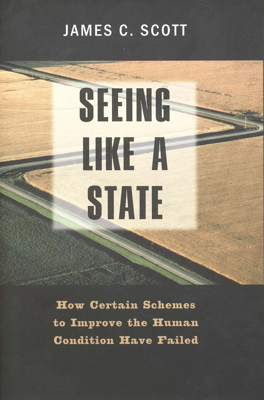The Revolutionary Party: A Plan and a Diagnosis
Lenin and High-Modernist Parallel in Revolutions Lenin's approach to revolution closely parallels Le Corbusier's approach to urban planning, both guided by high modernist principles emphasizing control, a reliance on elite expertise, and a disregard for local and traditional practices. Just as scientific forestry transformed natural landscapes into manageable resources, Lenin envisioned reshaping society through centralized planning and revolutionary elitism, borrowing from both the substantial clarity and control exhibited in top-down urban designs.
Comparative Analysis with Rosa Luxemburg and Aleksandra Kollontay Rosa Luxemburg and Aleksandra Kollontay offer critiques of Lenin's strategies, focusing on the spontaneity and organic development necessary in revolutionary movements and in socialist construction. They argue that critical engagement and collaboration with the masses are essential, contrasting sharply with Lenin’s top-down approach. Luxemburg, specifically, views revolutionary change as a living, unpredictable process that requires broad participation, a stark contrast to Lenin's meticulous, almost militaristic methodology. Kollontay extends this critique into the post-revolution period, suggesting the Bolshevik’s approach suppressed genuine proletarian creativity and initiative.
Lenin's Writings and Theoretical Expressions Detailed references to Lenin's major works reveal his consistent belief in a commanding role for a centralized party apparatus, which steeply contrasts with the increasing emphasis on localized, adaptable practices apparent in broader socialist theory and practice. For instance, his centralization of power, as seen through his suppression of the Kronstadt and Ukraine uprisings, shows a practical application of his earlier theoretical writings, which Luxemburg presciently critiques for being overly rigid and potentially authoritarian.
Luxemburg and Kollontay's Alternative Views Luxemburg offers an alternative based on her observations of the 1905 Russian Revolution, emphasizing the generative political potential of mass strikes and worker mobilizations. This emphasis on the grassroots vitality and spontaneity of revolutionary movements underscores her critique of Lenin’s methodological rigidity. Kollontay, from her experience within the Bolshevik regime, echoes Luxemburg’s concerns but focuses more on post-revolutionary structures, advocating for more democratic participation in the economic management by workers and less by party elites.
Theoretical and Practical Implications From a theoretical stance, Luxemburg critiques Lenin's model as being too neat, ignoring the messy realities of a true mass movement and the creative potential of the proletariat. Kollontay’s criticisms pivot more on the post-revolutionary outcomes, where she fears the spirit and initiative of workers are crushed under an administrative and bureaucratic weight imposed by the Bolshevik leadership.
This lens on Lenin’s and his critics' views exposes the significant tension between a desire for controlled, predictable revolutionary and socialist constructs and the dynamic, uncertain processes that characterize actual societal change. This debate reflects broader themes of governance and societal organization, resonating well beyond their immediate Russian context into global discussions on the balance between order and freedom, centralization and localism, and elite control versus popular participation.
